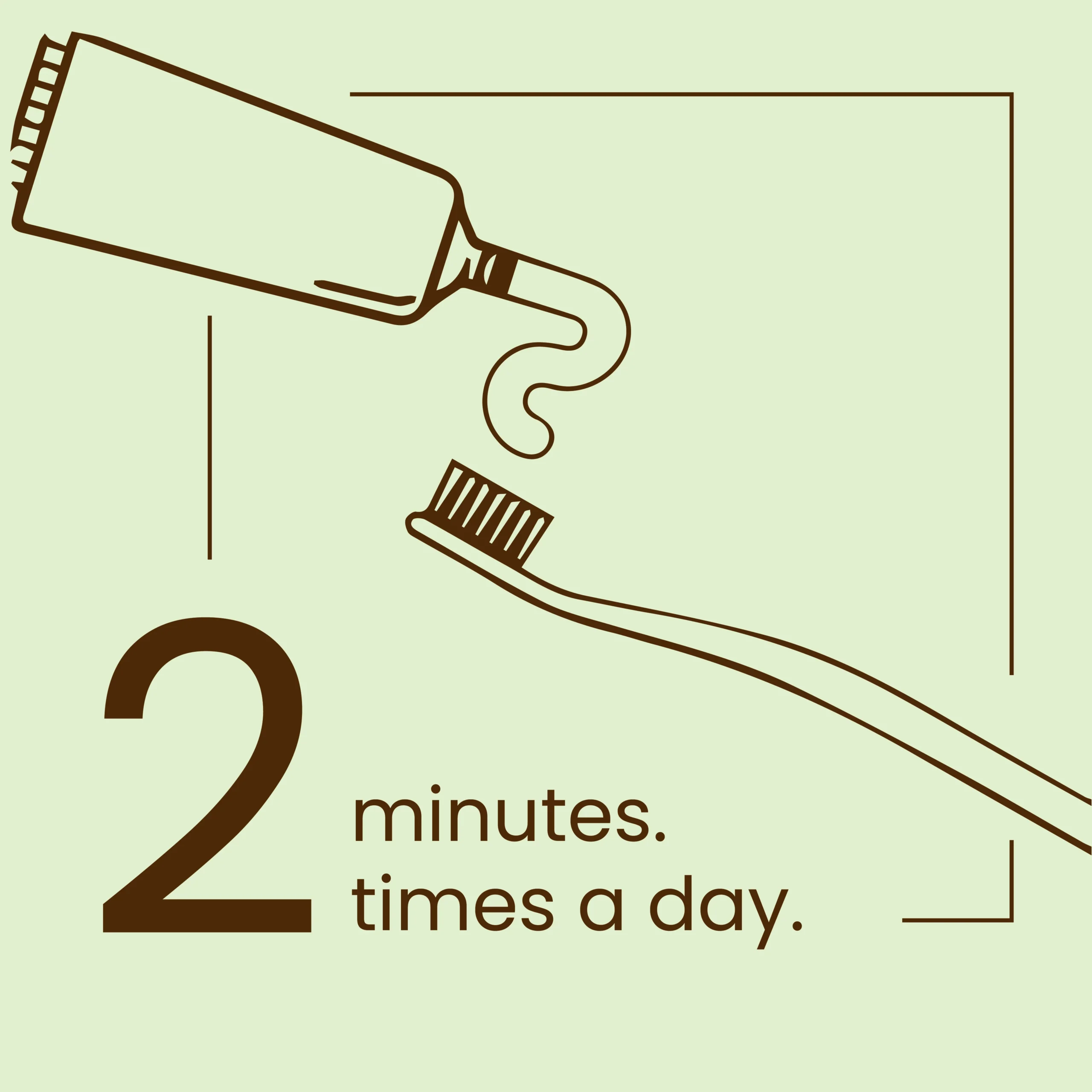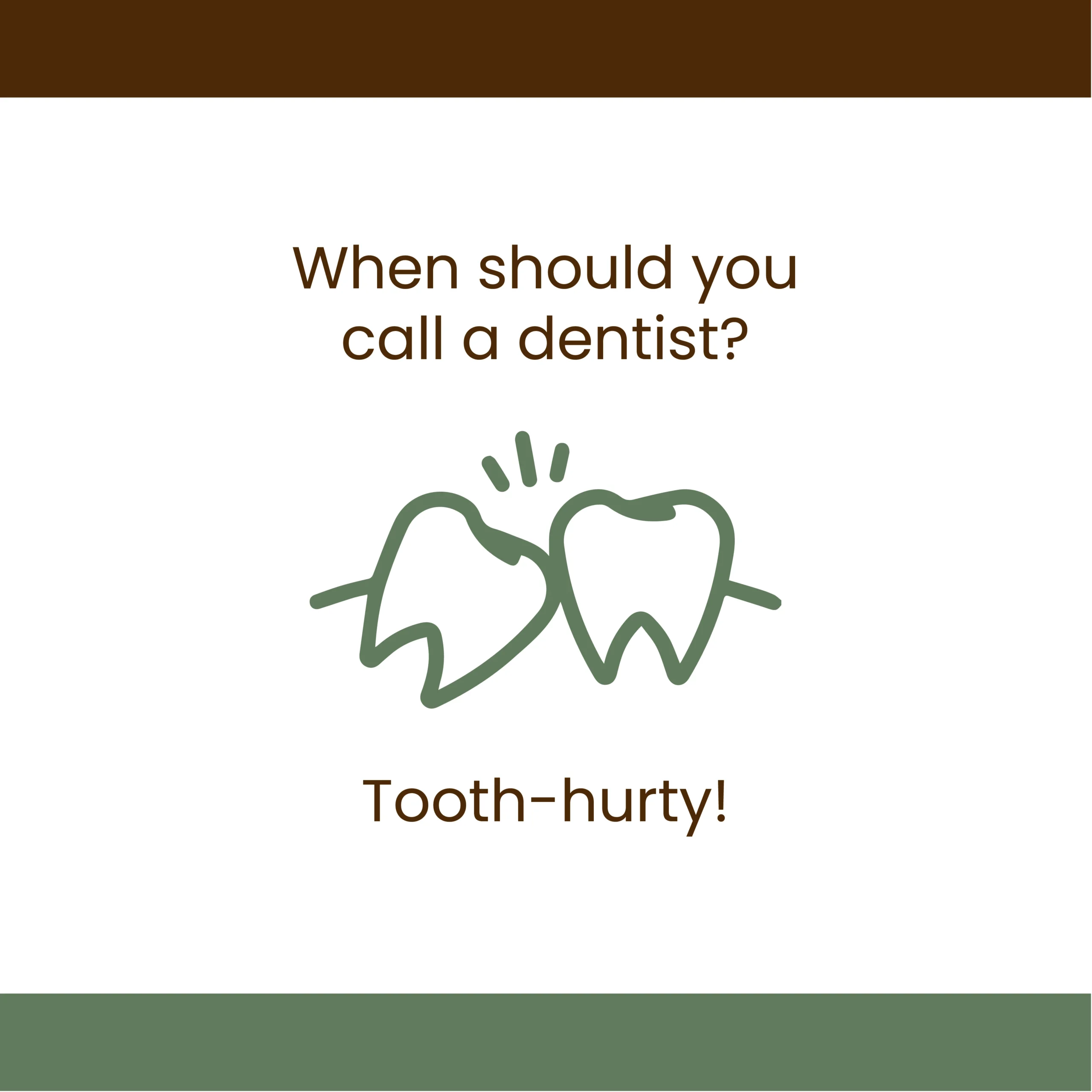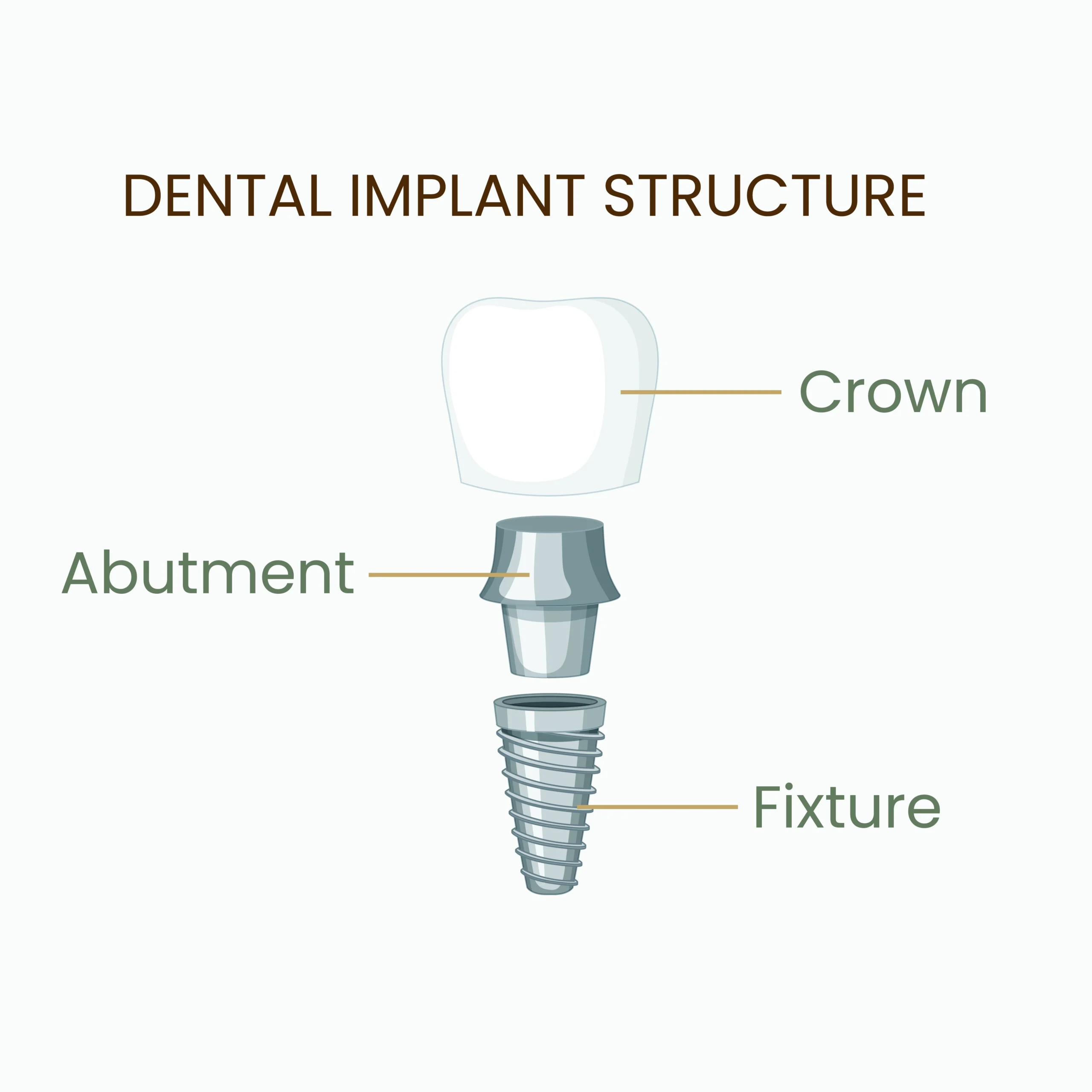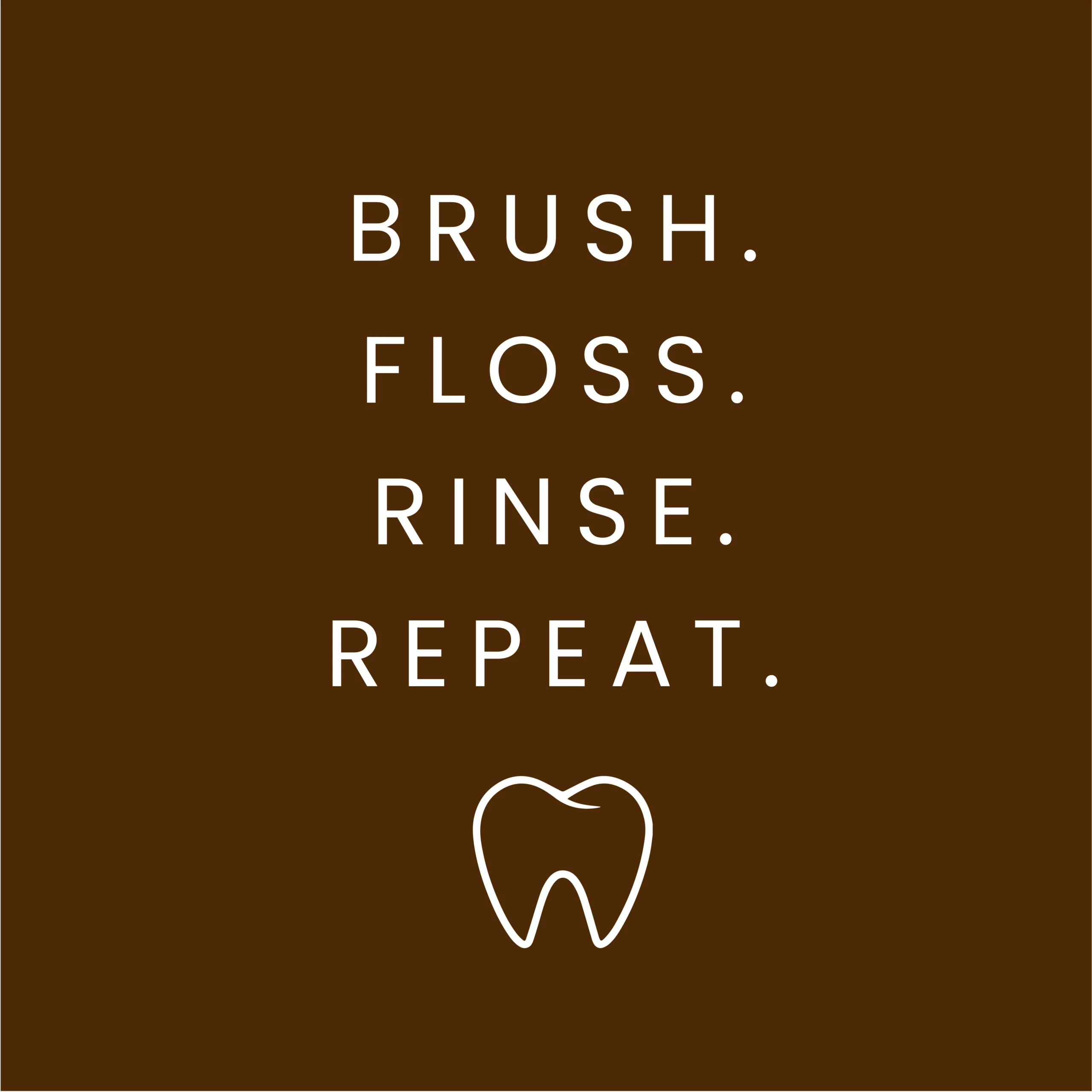Say goodbye to sleepless nights and hello to a new, refreshed you with our cutting-edge sleep apnea treatment options offered in the heart of New York City. Morningside Dental Care’s comprehensive approach to sleep apnea, backed by state-of-the-art technologies and personalized care, is your key to unlocking the secret of a good night’s sleep.
If you have severe obstructive sleep apnea, continuous positive airway pressure (CPAP) machines are the gold standard. CPAP machines deliver a constant flow of air through a mask worn over your nose and mouth, which keeps the airway open and prevents breathing pauses during sleep. For sound sleep with a CPAP machine, comfort is key. We find a custom fit that delivers the perfect combination of effectiveness and ease.
Seeking an alternative to the traditional CPAP? Our oral appliance therapy offers a tailored solution—literally. We create custom sleep apnea mouth guards that can keep your airway open without sacrificing your comfort.
Made of safe plastic, they are designed to hold your jaw in a forward position, preventing the tongue and soft tissues from collapsing and blocking your airway. There are different types of oral appliances depending on your level of sleep apnea, so we do a personalized analysis to create one that will fit your mouth and your needs.
Our dedicated team in Morningside Heights is not just experienced; we’re passionate. We have a shared goal of enhancing your daily well-being through improved sleep at night. Rest assured, from identifying your sleep apnea causes to treating your symptoms, our dentist and support staff make sure you’re in expert hands every step of the way.
From the very first consultation to long after your treatment begins, every stage of your sleep health journey is seamlessly integrated at Morningside Dental Care. Our NYC dentist office ensures that you receive extensive support so that you can focus on what matters—your health. Reclaim your rest and transform your relationship with sleep. Reach out today by calling 212-864-7224 or setting up an appointment online.





Morningside Dental Care
Love the team! Plus, the new space is awesome! Also, Dr. Williams is the BEST!
Morningside Dental Care
The office is very clean, the dentist is great and there was no waiting time! This place is the best. I am very happy with their services!
Morningside Dental Care
My dental experience here was by far the best I’ve ever had! They truly took care of my teeth! I am very pleased to call Morningside Dental Care my new dentist office! I certainly recommend them!
Morningside Dental Care
Morningside Dental Care has always delivered with friendly service and reasonable prices. They got someone like me, who was afraid of going to the dentist, to actually fall in love with getting my teeth done.
Mon | Wed | Fri 9:00am – 5:00pm
Tues | Thurs 10:00am – 6:00pm
© 2024 Morningside Dental Care. All Rights Reserved. Website by Transcendental
At Morningside Dental Care, we’re proud to offer VivoScore™, a convenient at-home sleep apnea test. This comfortable fingertip ring and mobile app combination monitors your sleep and provides results comparable to traditional sleep studies, all from the privacy of your own home. Take the first step towards targeted care.